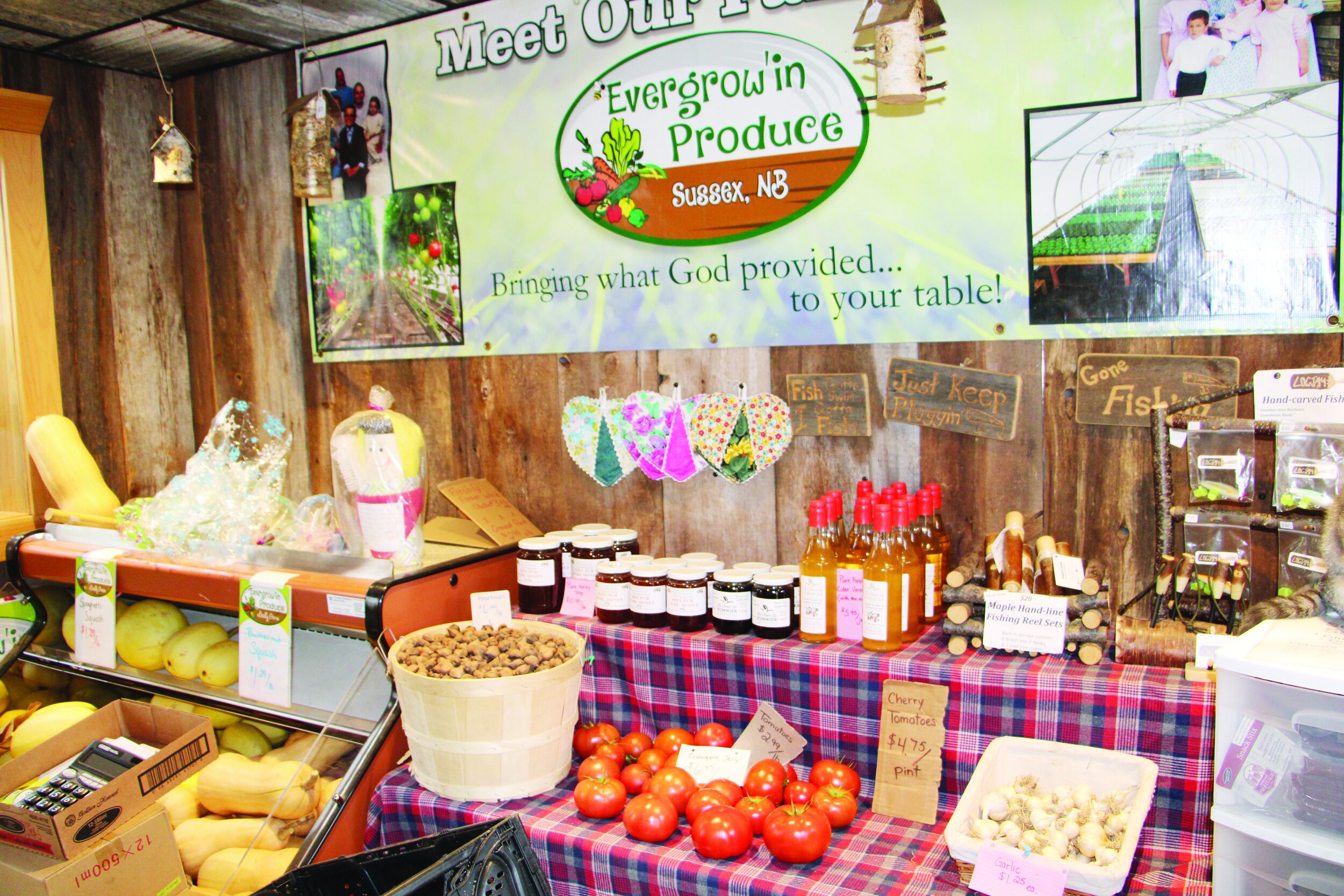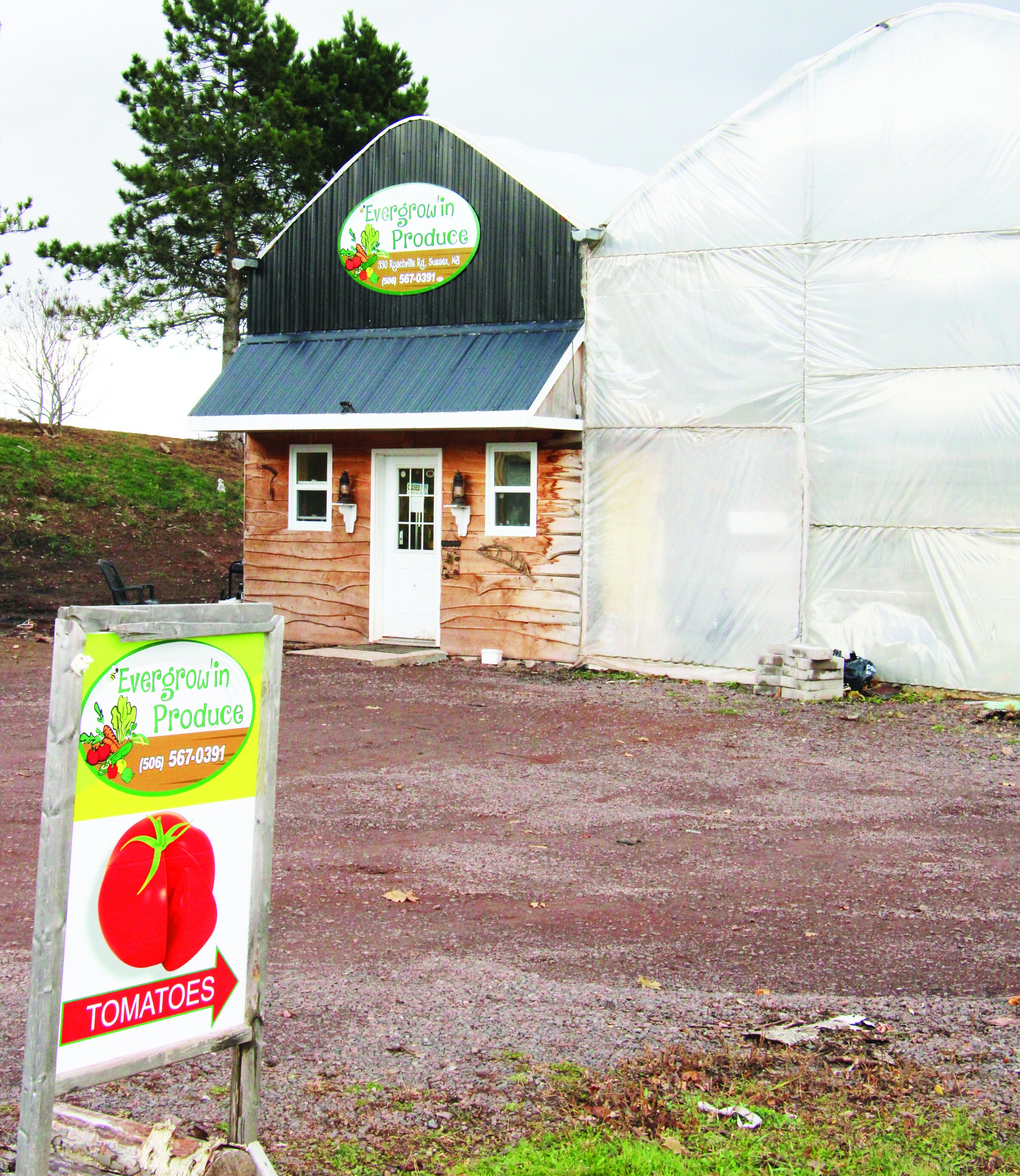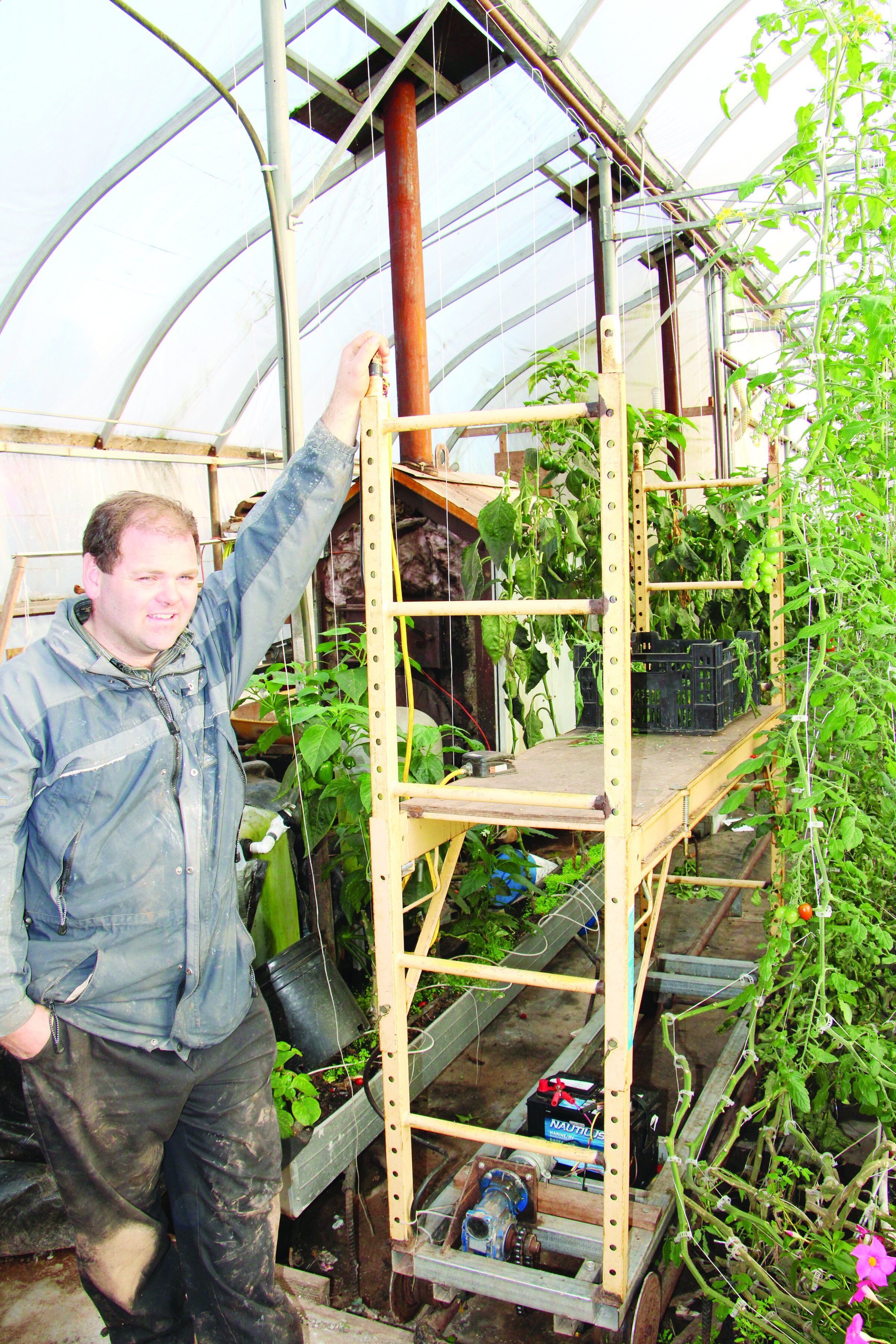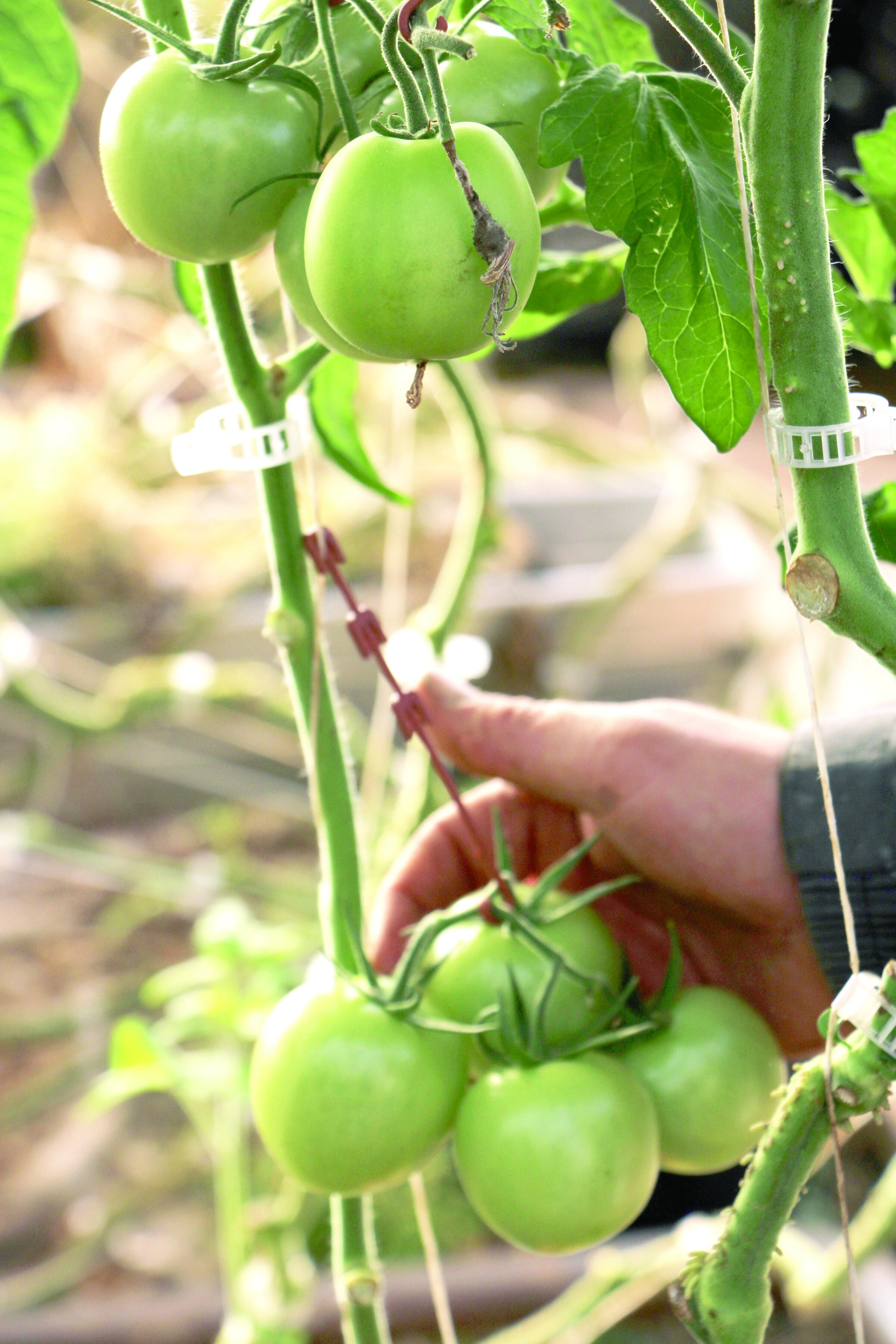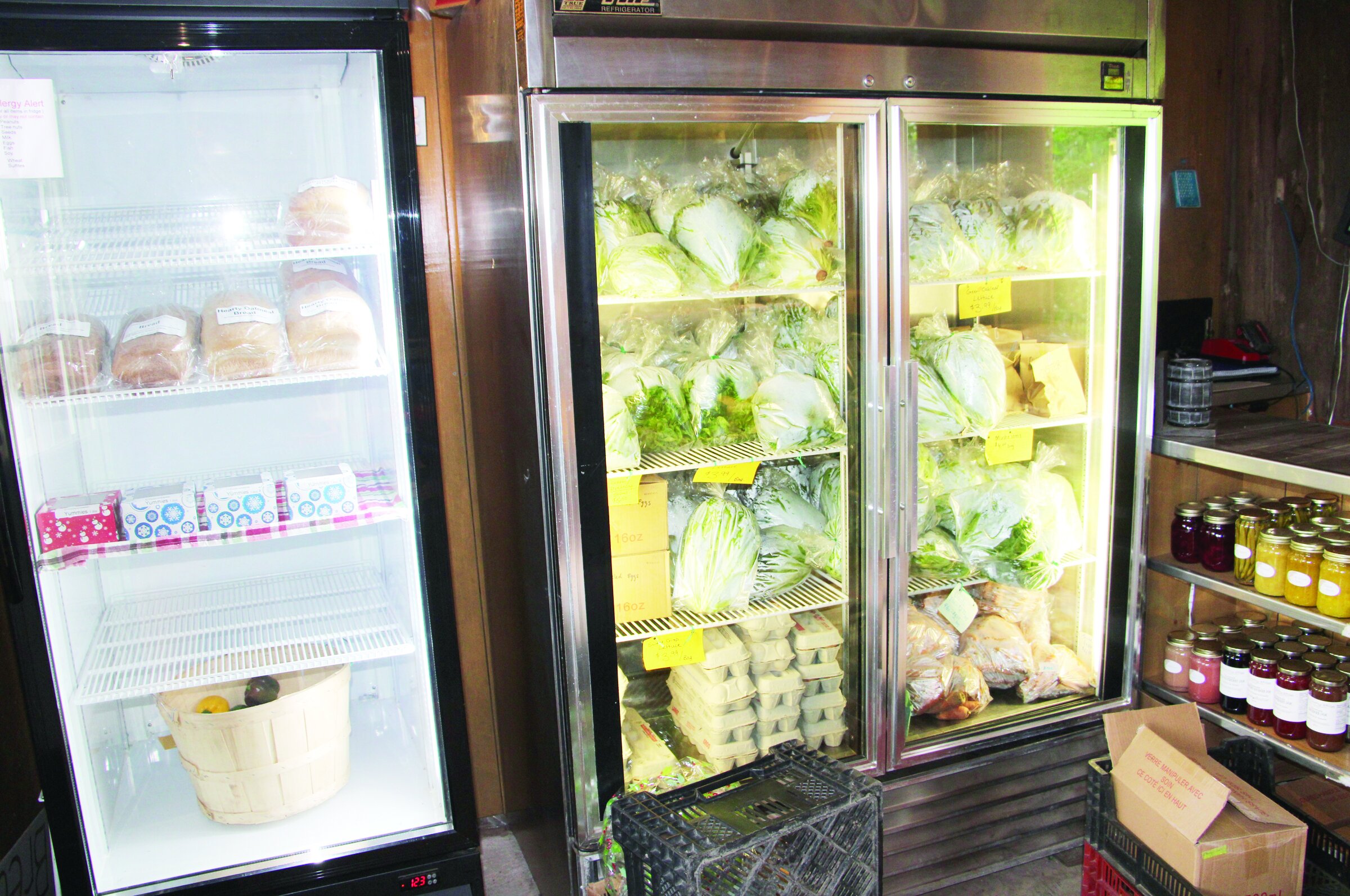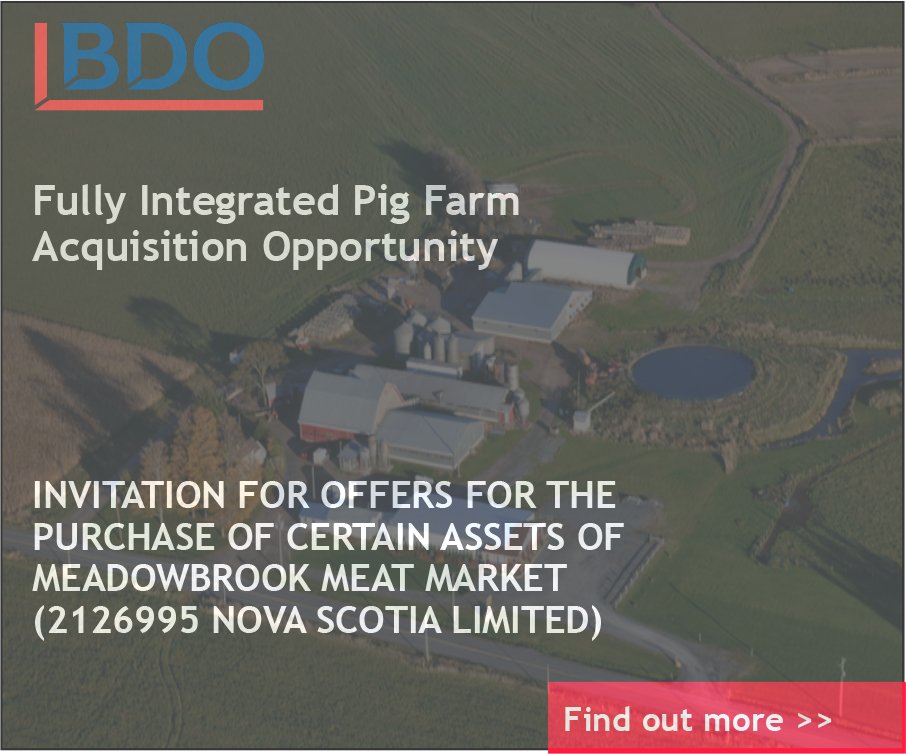Growing fresh produce year-round in New Brunswick
/by George Fullerton
Calvin Weber and his family in Roachville, N.B., have a goal to provide their customers with fresh-harvested tomatoes, cucumbers, and peppers almost year-round. They do this using a 140-by-40-foot greenhouse and selling their produce directly from a storefront attached to the greenhouse.
The greenhouse has been in production for three years.
The Evergrow’in Produce operation on the outskirts of Sussex involves the entire Weber family, including Calvin’s wife Betty and their children Carolyn, Jason, Twila, Delores, Loretta, and Curvin. It’s not unusual to see the youngest children in the greenhouse or at farmers’ markets.
Calvin explained that his family’s move to New Brunswick from southern Ontario was prompted by their Mennonite community outgrowing their church and school there. Their community began looking for land and business opportunities across Canada and the result pointed to the Sussex area.
Additionally, Calvin investigated historic weather data in Sussex that suggested there was a good opportunity for a successful greenhouse and retail operation there. Growing up, Calvin worked in his family’s welding shop and half-acre greenhouse operation.
While the greenhouse produces pretty much year-round, the Webers also market garden about two acres of crops in their backyard through the regular growing season.
DEDICATED CLIENTELE
Because the greenhouse offers fresh Cherry tomatoes, normal size tomatoes, English cucumbers, and peppers, Evergrow’in Produce has developed a dedicated local clientele. The Webers extend their marketing by attending farmers’ markets in Sussex and Kingston through the summer and autumn.
“The farmers’ markets are an important opportunity to introduce our family and our produce to a large number of people,” said Calvin, adding that once people learn about the freshness and quality of their produce, they become regular customers, many of them showing up at their store.
“We have a lot of regular customers from the local area and we also have regular customers who travel from Fredericton, Moncton, and Saint John to buy our products,” he said. “We even have a customer from Miramichi who comes fairly regularly. They really appreciate the fresh high-quality food we produce.”
The Weber storefront is not exclusive to that family’s operation. Several families who belong to their Mennonite church family also sell their produce through the Weber store.
For instance, the Evergrow’in Produce store sells a variety of lettuces grown by Calvin’s brother Ethan at his greenhouse in nearby Plumweseep. Additional products provided by church families include fresh eggs, breads and other baked goods, jams, jellies, chicken, and pork products.
The Webers periodically produce and circulate a newsletter that highlights produce available at their store.
Calvin explained that the greenhouse frame was fabricated from parts of four different greenhouses he recovered from junkpiles in southern Ontario.
“It was a tricky project to get the pieces to fit together, but we made it work,” he said.
BURNING PELLETS
Initially, the heating system was a round boiler, which Calvin fabricated himself. The boiler was designed to consume 144 cords of fuelwood through the heating season. The roundwood boiler was supplemented by two wood pellet boilers.
Calvin explained that the roundwood boiler operation proved impractical because it required stoking every three hours in cold weather. This past year, the roundwood boiler was replaced with two additional pellet-burning boilers, and the old boiler is used as an expansion chamber for hot water. Each pellet boiler has a 400-pound hopper that feeds pellets into the burn chamber.
“We went to pellets for the convenience of automatic feeding,” said Calvin. “We source the pellets locally from Wards Creek Industries. They are clean-burning and generate very little ash. We are very happy with the performance of the pellet boilers.”
The hot water from the boilers circulates in a series of two-inch-diameter steel pipes, two of which extend the entire length of the greenhouse between each row of pants. The pipes double as tracks for carts and elevated platforms for tending and harvesting the crops.
From the boilers, water at 190 degrees Fahrenheit enters the piping network through to individual manifolds.
GROWING TECHNIQUES
Fourteen rows of plants grow in a soil medium and are supplied with additional nutrients mixed in the drip irrigation water.
Calvin explained that he likes to see about four inches of growth each week on the tomato plants. That growth results in a very long tomato vine during the year the plants produce. To accommodate the growth, the vines are laid down along the trough that contains the roots, and the vine is pruned of leaves, leaving only the last 10 feet or so suspended from above to produce the fruit.
To tend the plants and fruit, Calvin fabricated a cart out of construction staging and equipped it with a 12-volt motor, which is activated with a foot pedal.
Pollination is provided by bumblebees acquired from southern Ontario. Calvin explained that honeybees follow their natural instinct to fly out of the greenhouse’s ventilators to forage, but in winter that results in instant death. Bumblebees, on the other hand, are happy to live in the greenhouse.
The Webers hold a U-pick event for customers on Christmas Eve, after which they remove the tomato vines. On Boxing Day, they plant the new crop of tomato plants, which are close to two feet tall. Calvin said their goal is to have tomatoes to pick by early February.
The Webers plan to optimize efficiency and triple their current production. Calvin said the long-term dream is to eventually build an additional greenhouse and a larger store to sell more products produced locally.
